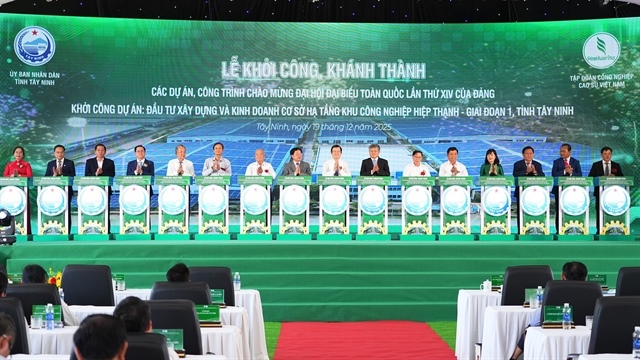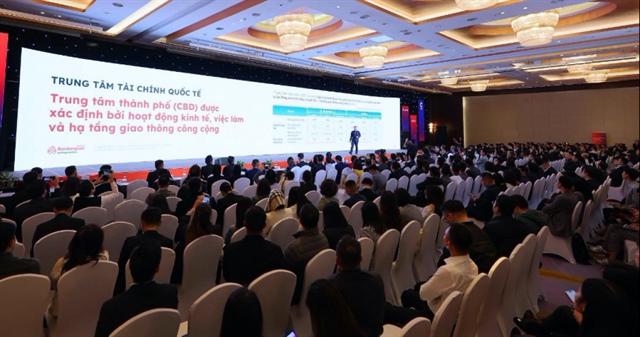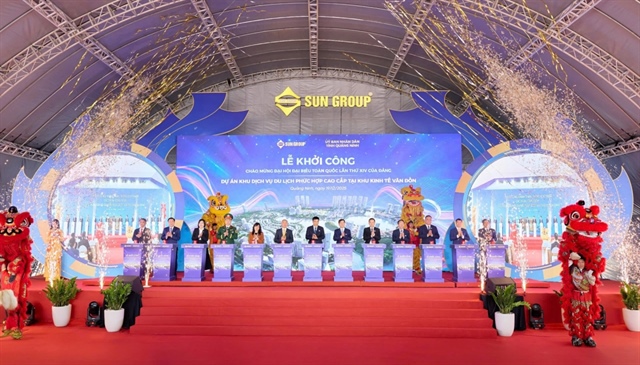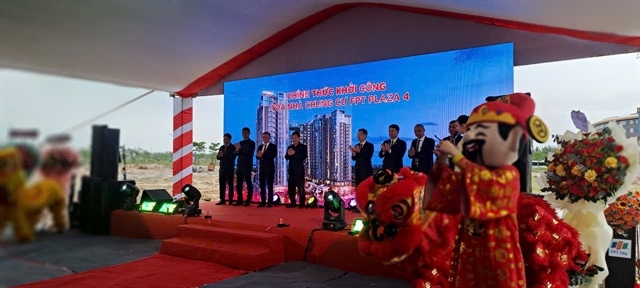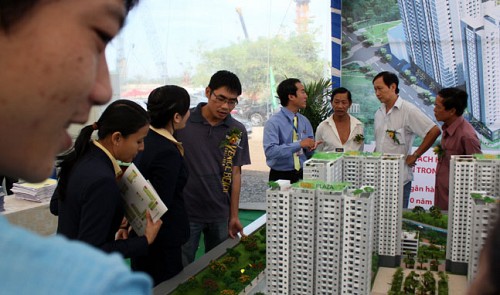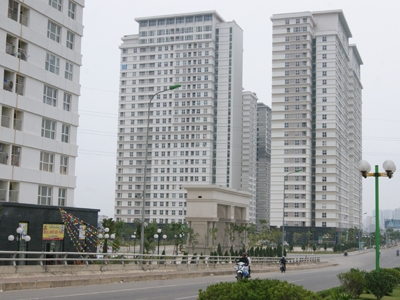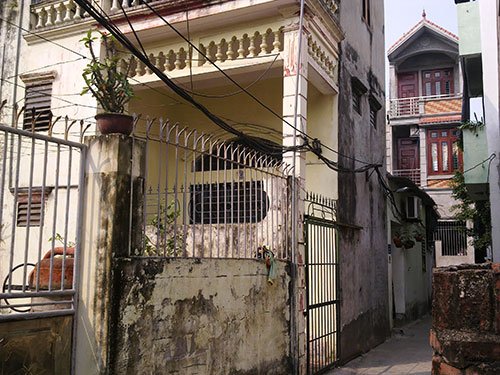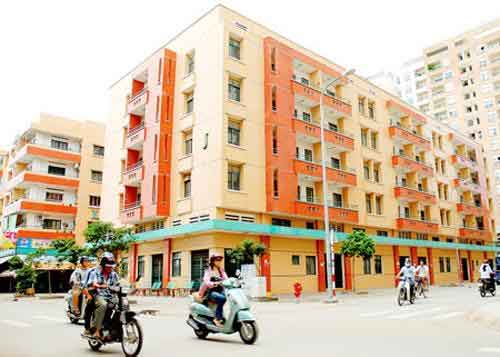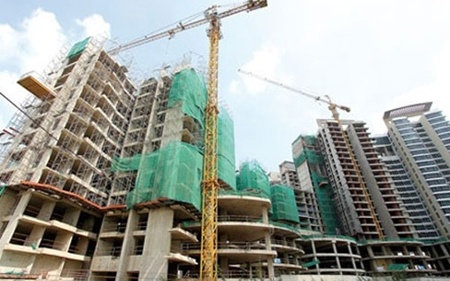Hotel sector could provide 5-star returns
Hotel sector could provide 5-star returns
Mauro Gasparotti, executive director of Alternaty, a boutique real estate firm providing specialist advice for hotel, resort and second home projects in Vietnam and the Indochina region provides a run-down for investors considering entering the hotel and resort market.
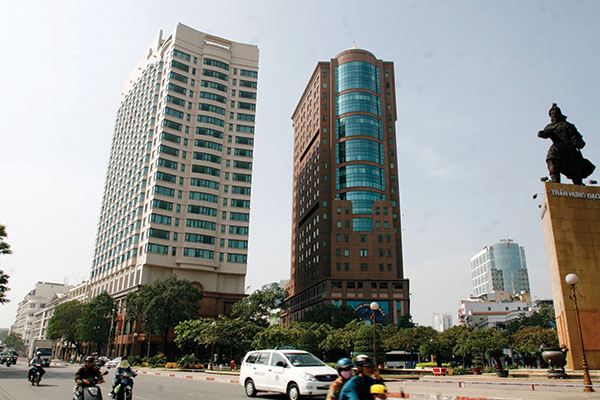
Hotels and resorts have always been a particular asset class, as they are considered a property investment but they also have a strong business direction which positions them among the most complex real estate products to develop and run.
Contrary to other asset classes whose performance mainly depends on macro factors such as economic conditions, the performance of hotels and resorts is strongly affected by micro factors such as the management style, marketing activities, design of the property, positioning, pricing strategy, location and overall hotel market trends.
Hotel investors face a variety of challenges in the design, pre-opening and operation which is the reason why support from experienced asset management companies is always recommended during construction as well as during operation, especially for inexperienced hotel developers. There is a saying that is particularly true for hotel projects: “If you think it's expensive to hire a professional to do the job, wait until you hire an amateur”.
Planning and design mistakes are constantly made by inexperienced hotel developers, driven primarily by costs cutting objectives but ultimately leading to much more costly faults that will negatively affect operating results and building value upon completion. On the other hand, a well implemented hotel development can be quite attractive and the average yield is higher than other real estate products. In Vietnam and Cambodia, hotel investment yields can vary from 8% to 13 per cent depending on location, property rating, quality and management performance.
Historically, Vietnam has seen several well developed and well run properties, bringing excellent returns to the developer, with clear execution and exit strategies. Such developers include Liberty Group, Ocean Group, VinaCapital, Indochina Land, Sun Group as well as other players such as Tan Hai Long Hotel Group and A&Em who have proven consistency and clarity in the brand promise with capable execution. But there have also been plenty of horror stories ending up in bank repossessions or difficulty in operations. The majority of these were due to underestimated construction costs and start-up capital, poor initial planning, developer personal taste influencing the design and facilities, fuelled by a negative turn in market conditions.
One of the strongest indications of hotels being an attractive asset class in Vietnam is the vigorous appetite from international and local investors for operating, well designed and well run properties. If Vietnamese developers build the right product, the end value could be exceptionally attractive, and with a growing demand for hotel assets, this could lead to a very successful build & sale model. However, the complexity lies in defining the “right product”. More often than not, mistakes in design or excessive cost cutting in fit out and interiors diminish the attractiveness of the product to potential investors. These mistakes decrease the value of the completed building to the extent of making the initial investment not worth the cash flow it generates, taking into consideration that Vietnam still has expensive land costs compared to other similar destinations.
From a demand perspective, tourists are increasing travelling overseas resulting in extremely strong growth of the intra-Asian traveler. The rapid rise of the middle class in Asia is only just beginning and is led by China and this will continue into the foreseeable future. Chinese visitors have been already dominating international arrivals in Danang, currently accounting for 50 per cent, with their numbers expected to continue to grow. Other source markets such as Russia are also growing very strongly, already dominating destinations such as Phuket and Pattaya, they will surely have a strong impact on the Vietnamese coastal areas.
That being said, it should not be forgotten that the real potential growth lies with domestic travelers and their rapidly changing travel habits. The proliferation of budget airlines and the growth in their spending power means that domestic travelers will remain a key demand driver going forward.
Demand for accommodation does not only include transient short term guests but also more long term guests, who stay for weeks or months in the main cities in Vietnam. For instance, the rapid increase of Japanese industrial investments in areas such as Haiphong, Bac Ninh, Binh Duong and Dong Nai, will generate a high demand for serviced apartments or long stay accommodation that will lead to development of new accommodation formats.
One of the features of hotel and resort properties, compared to other property classes, is the wide array of revenue sources available, which not only includes room rental but many more categories which in certain cases, prove to be more lucrative than the room rental itself. Typically, hoteliers are familiar with four revenue categories, the first two being rooms and food & beverage (F&B). The third category is other operating departments and the last category is rental revenue.
On average, in Vietnam, room revenue in the majority of the city hotels accounts for 55 - 65 per cent of the total revenue, however, in specific cases, such as properties with particularly successful F&B outlets the room revenue could account for a lower proportion of the total revenue, with the F&B component contributing a larger share. The other revenue category in four and five star hotels on average contributes between 6 – 8 per cent of total revenue. Typically for smaller local properties with a large spa component, this percentage could be higher. Finally, the Rental Revenue largely depends on the property’s physical characteristics and location with some properties not having this revenue generator while other properties have a larger contribution.
In smaller three or above star properties, the room rental impact on total revenue is much higher, reaching in some cases 80 – 95 per cent for the smaller family run hotels in the main cities.
Compared to other real estate asset classes, hotels and resort are also distinguished by considerably lower operational profit margins hence sophisticated operations are required to strictly control costs. Generally speaking the EBITDA margin for four and five star city hotels in main cities in Vietnam can range from as low as 25 – 35 per cent to as high as 50 – 55 per cent largely depending on management style and property physical condition.
When it comes to three star and below properties, usually the profit margins are higher due to the use of multitasking staff employed in different roles or by avoiding expensive salaries such as GM positions that are replaced by property managers. However, when the number of rooms is small, the fixed costs are more difficult to be amortized across the whole operation which puts downward pressure on profit margins.
The complexity of hotel and resort investment, can lead to longer payback periods for inexperienced developers in a challenging market. In order avoid this problem, there is an array of alternatives or structured solutions available that help hotel and resort developers to shorten the payback periods or strengthen cash flows. These include fractional ownership, timesharing, mixed-use residential models and management agreements with guaranteed returns to name a few. All these structures offer possible solutions for hotel and resort developers to diversify and secure cash flows or to shift operational risk to third parties. However, as these structures introduce increased levels of complexity, they require serious consideration and planning before begin implemented.
As a final thought, hotel and resort investment is a valuable source of diversification for developers considering new products, compared to other property classes, as the demand from end users has a low correlation with end user demand for other segments. Therefore, during a downturn in the real estate market, when there is low demand for residential or commercial assets, hotel and resort developers are still able to enjoy healthy cash flows.
vir


